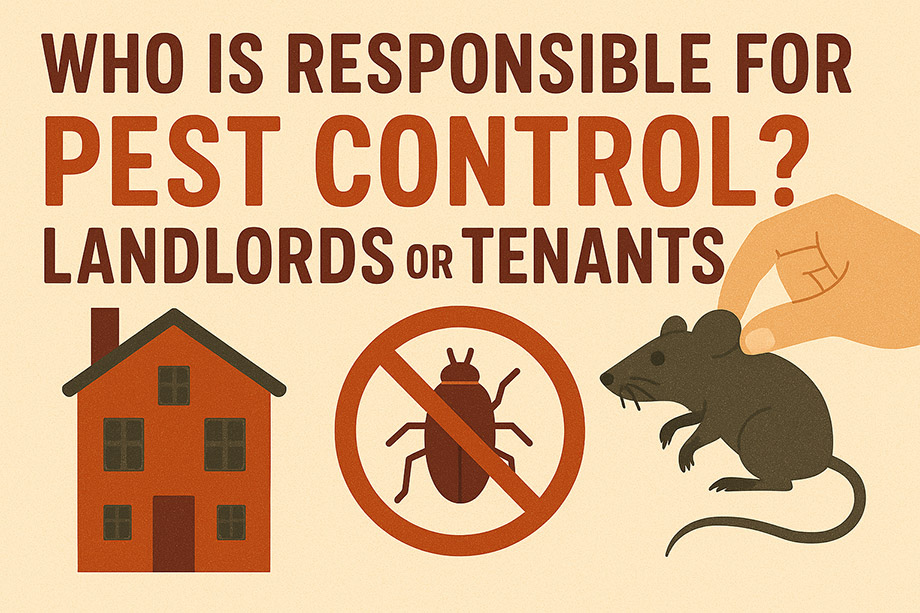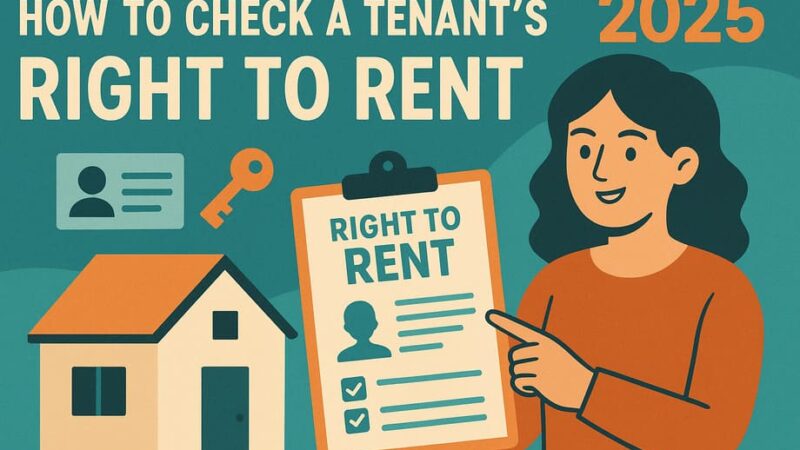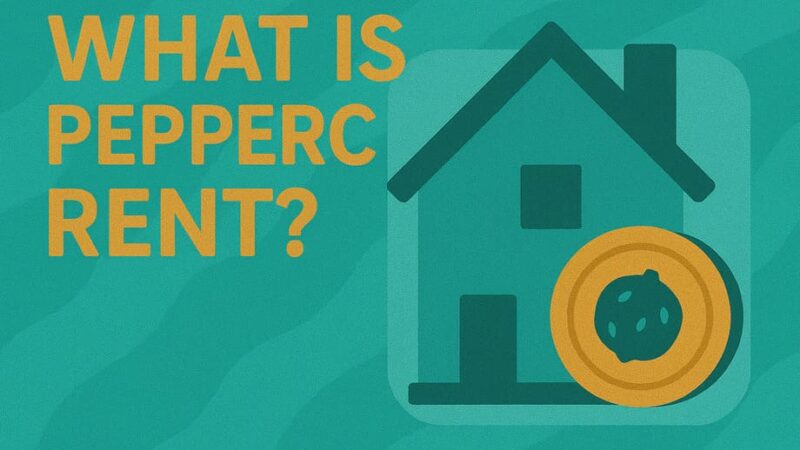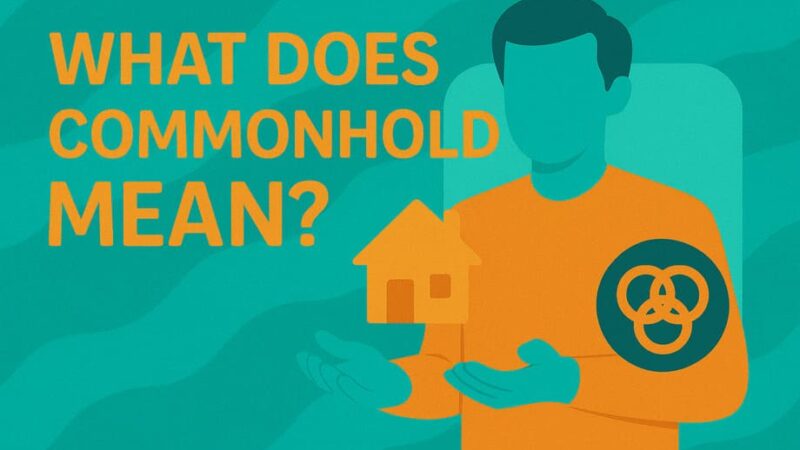Who Is Responsible for Pest Control? Landlords or Tenants?

When unwelcome guests of the six-legged (or four-legged) variety make themselves at home in your rental property, one question immediately springs to mind: who’s footing the bill for their eviction? The answer isn’t always straightforward, but understanding the key principles can save both landlords and tenants significant stress, money, and potential disputes.
The Legal Framework: What UK Law Says
Under UK housing law, landlords have a fundamental duty to ensure their properties remain fit for human habitation throughout the entire tenancy period. This obligation, reinforced by the Housing Health and Safety Rating System (HHSRS), means that significant pest infestations affecting habitability typically fall under landlord responsibility.
However, this doesn’t create a blanket rule. The legal reality operates more like a sliding scale, where responsibility shifts based on specific circumstances surrounding each infestation.
When Landlords Must Take Action
Structural Vulnerabilities
Landlords bear full responsibility when pests exploit weaknesses in the property’s structure. This includes scenarios where:
- Rodents enter through damaged brickwork, broken air vents, or gaps around pipes
- Birds or insects access the property via missing roof tiles or deteriorated window frames
- Basement or foundation issues create entry points for various pests
- Faulty drainage systems attract flies or create breeding grounds
Pre-existing Infestations
If tenants discover pest problems shortly after moving in, landlords must address these issues. The reasoning is straightforward: tenants cannot be held responsible for problems they inherited rather than created.
Maintenance-Related Causes
When pest problems stem from landlord maintenance failures, responsibility clearly falls on the property owner. Examples include:
- Damp conditions from leaking pipes attracting insects
- Blocked gutters creating stagnant water that breeds mosquitoes
- Overgrown gardens or untrimmed vegetation providing pest habitats
When Tenants Bear Responsibility
Poor Hygiene Practices
Tenants face responsibility when their lifestyle choices create pest-friendly environments:
- Leaving food uncovered or scattered around the property
- Failing to dispose of rubbish properly or allowing bins to overflow
- Not cleaning spills promptly, particularly sticky or greasy substances
- Accumulating clutter that provides hiding places for pests
Preventable Attractants
Certain tenant behaviors directly invite pest problems:
- Storing pet food inappropriately
- Leaving dirty dishes for extended periods
- Not treating pets for fleas or other parasites
- Creating unsanitary conditions through neglect
Delayed Reporting
While not always clear-cut, tenants may face increased responsibility if they fail to report pest sightings promptly, allowing minor problems to escalate into major infestations.
The Grey Areas: When Responsibility Becomes Unclear
Mixed Causation
Some infestations result from multiple factors. For instance, mice might initially enter through structural gaps (landlord issue) but proliferate due to available food sources (tenant issue). These situations require careful investigation and often benefit from collaborative approaches.
Neighboring Property Issues
When pests migrate from adjacent properties, determining responsibility becomes complex. Generally, landlords aren’t responsible for infestations originating from neighboring buildings, though they may need to address how pests are entering their property.
Seasonal Infestations
Some pest problems occur naturally regardless of property condition or tenant behavior. Ant invasions during hot weather or spider appearances in autumn may require case-by-case assessment.
Best Practices for Prevention and Resolution
For Landlords
Regular Maintenance Schedules Implement systematic property inspections focusing on potential entry points. Check for gaps around pipes, damaged weatherproofing, and structural vulnerabilities twice yearly.
Clear Documentation Maintain detailed records of property conditions at tenancy start, including professional pest inspections where appropriate. This documentation proves invaluable if disputes arise later.
Prompt Response Protocols Establish clear procedures for tenants to report pest issues and commit to rapid response times. Early intervention typically costs less than addressing advanced infestations.
For Tenants
Proactive Prevention Maintain high cleanliness standards, store food in sealed containers, and dispose of waste regularly. These simple steps prevent most common pest problems.
Early Detection and Reporting Report any signs of pest activity immediately. Don’t wait for problems to worsen before alerting your landlord.
Document Everything Keep records of all communications with landlords regarding pest issues, including photos of any evidence and copies of written reports.
Financial Considerations and Cost Allocation
Professional pest control services typically charge between £150-£500 depending on the severity and type of infestation. Understanding who pays becomes crucial for budgeting purposes.
When landlords are responsible, these costs should be treated as necessary maintenance expenses. Some landlords include pest control provisions in their regular property maintenance budgets or arrange annual service contracts with pest control companies.
Tenants facing responsibility for pest control should research local providers and consider the long-term benefits of professional treatment over DIY solutions, which often prove less effective.
Dispute Resolution Strategies
Open Communication
Most pest control disputes resolve through honest discussion between landlords and tenants. Share evidence, discuss observations, and work toward mutually acceptable solutions.
Professional Assessment
When causes remain unclear, hiring an independent pest control professional to assess the situation and determine likely causes can provide objective guidance for responsibility allocation.
Mediation Services
For persistent disagreements, consider using tenancy mediation services before escalating to formal complaints or legal action.
Council Involvement and Environmental Health
Local councils possess significant powers regarding pest control in rental properties. Environmental health officers can:
- Inspect properties following tenant complaints
- Issue improvement notices requiring landlords to address pest problems
- Take enforcement action against landlords who fail to maintain habitable conditions
Tenants should contact their local council’s environmental health department when landlords refuse to address pest problems that affect property habitability.
Insurance Implications
Landlord insurance policies vary significantly regarding pest control coverage. Some policies exclude pest-related damage entirely, while others provide limited coverage for specific circumstances. Both landlords and tenants should review their insurance policies to understand potential coverage.
Moving Forward: Creating Clear Expectations
The most effective approach to pest control responsibility involves establishing clear expectations from the tenancy’s beginning. Consider including specific pest control clauses in tenancy agreements that outline:
- Respective responsibilities for different types of pest problems
- Reporting procedures and response timeframes
- Cost allocation for various scenarios
- Prevention measures both parties commit to maintaining
Conclusion
Pest control responsibility in rental properties operates on a spectrum rather than following rigid rules. While landlords generally bear responsibility for structural issues and pre-existing problems, tenants must maintain reasonable cleanliness standards and report issues promptly.
Success in managing pest control issues stems from clear communication, prompt action, and mutual cooperation. By understanding these principles and working together, landlords and tenants can maintain pest-free properties while avoiding costly disputes.
Remember that prevention remains the most cost-effective approach for everyone involved. Regular maintenance, good hygiene practices, and early intervention will always prove more economical than dealing with advanced infestations after they’ve established themselves.
When in doubt, seek professional advice from pest control experts, housing advisors, or local council environmental health teams. These resources provide valuable guidance tailored to specific situations and help ensure appropriate resolution of pest control challenges.
Last Updated on July 23, 2025 by James Cartwright







